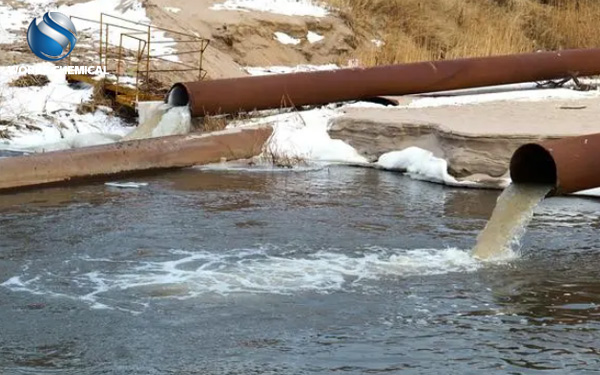
Sludge is the sediment produced in the sewage treatment plant and the residue obtained from the floating foam floating out of the sewage surface, simply speaking, sludge is the solid part of the sewage. With the development of world industrial production, the increase of urban population, the discharge of industrial wastewater and domestic sewage is increasing day by day, and the output of sludge is increasing rapidly. According to relevant statistics: China's current annual output of sludge has reached 300,000 t(dry weight). A large amount of accumulated sludge will not only occupy a large area of land, but also its harmful components such as heavy metals, pathogens, parasites, organic pollutants and odors will become a major public hazard affecting urban environmental health. Therefore, sludge treatment has become an indispensable and important link in the sewage treatment process.

The main factors affecting sludge dewatering performance are the size and distribution of sludge particles, surface charge, hydration degree and interaction between particles. Among them, the size of the sludge particles is the most important factor affecting the sludge dewatering performance, because the smaller the sludge particles, the larger the specific surface area of the particles, which means a higher degree of hydration and greater resistance to filtration and change the sludge dewatering performance requires more agents.
Sludge conditioner, also known as sludge dehydrating agent, is a high-performance cationic polymer, its specific chemical properties make it have a strong electrical neutralization, can change the sludge surface structure, reduce the sludge solid surface load, reduce the specific surface area of the sludge surface, dedicated to sludge dehydration and coagulation treatment. The main components of the sludge conditioner change the surface properties of the sludge, reduce the surface area of the sludge, destroy the cell wall and cell membrane, release intracellular water, and then remove the free water, bound water, capillary water and intracellular water in most biochemical sludge.
In industrial production, different industries, different dewatering equipment, the sludge conditioner selected for different sewage concentrations is also different, and the appropriate agent needs to be selected according to the actual situation.